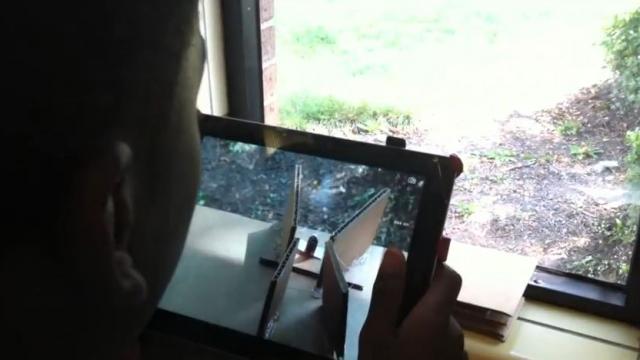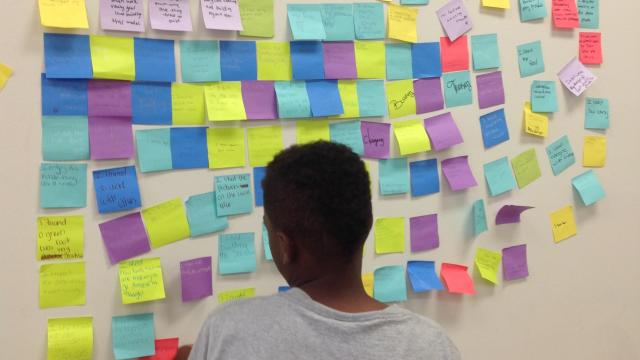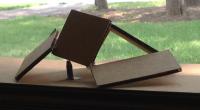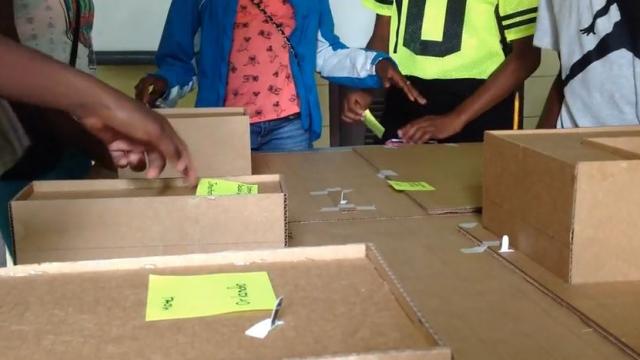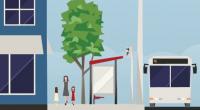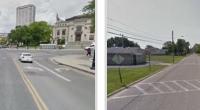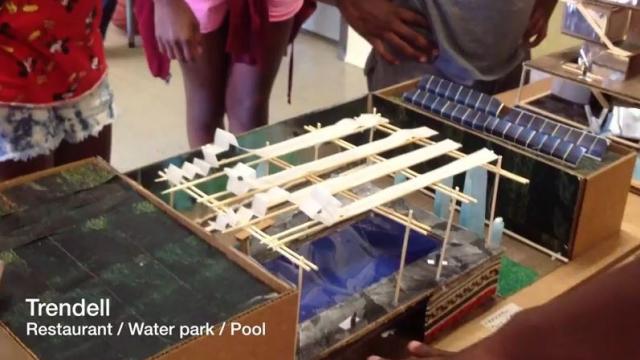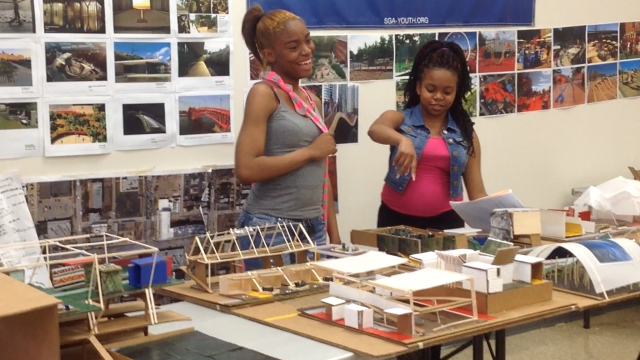Many community groups over the years have improved Englewood infrastructurally, culturally, and educationally. Unfortunately, these organizations do not have a space where they can keep improving Englewood together. Reach is a community space that headquarters all these organizations while incorporating a student center with classroom space, year round gardens, and art exhibits for neighboring schools. The question is: How can we create the perfect balance between openness and privacy? With many glass walls and open floor layouts, the building motivates users to collaborate with one another while business related activities occur in the capsules that offset from the building. Reach invites people to come in and get involved in the restoration of Englewood while preserving its rich culture.


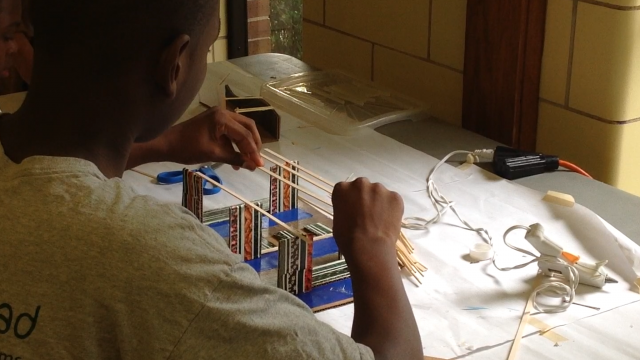


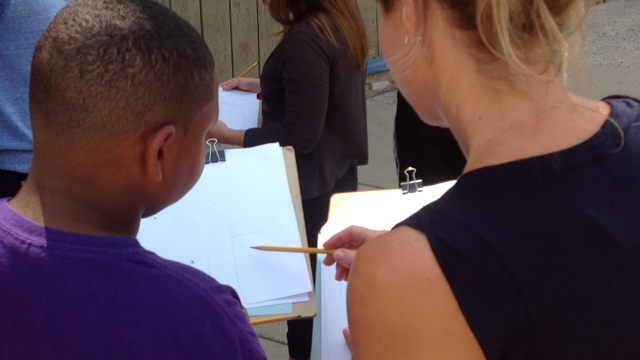
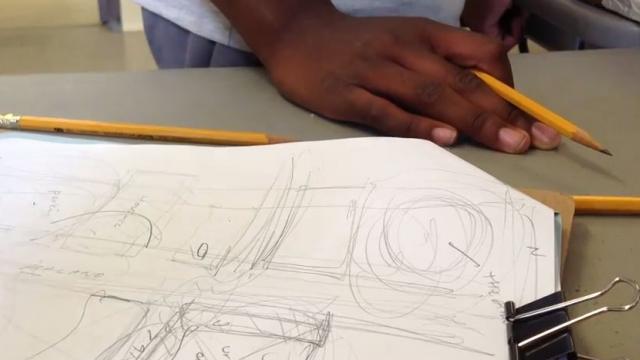
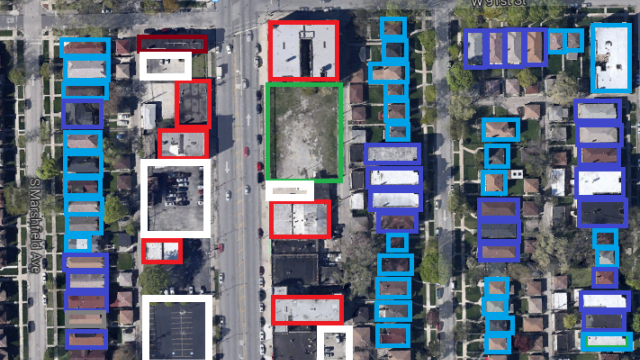
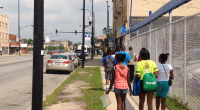


.png)
.jpg)

